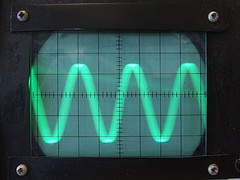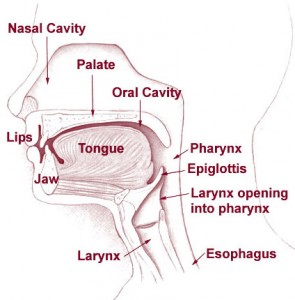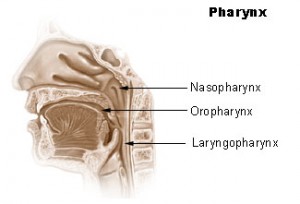Give Me Those Good Voice Vibrations

Resonance Does It
For best results, read this article before you watch the 2 videos below.
People often ask me about how to get a good “ringing” sound in their voices. Others ask about the placement of the tongue when doing the “Silly Spinning Siren,” with the “ng”, so I would like to turn you on to a few things about resonance.
First of all, if you want a good sound, you have to get your resonators vibrating, and I show you how to do that in the two videos below. Remember, for optimum help with your voice, finish reading this article before you watch the videos. That’s the fastest way to understand this crucial topic.
Secondly, before you can understand how to get the most out of your vibrating resonators, you have to know what they really are, so we will start there.
Resonators – What Are They?
Resonators are simply hollow chambers or cavities that vibrate when sound waves pass through them. These are the most important ones.
- Larynx – we usually think of this as the source of vibration for the voice, but remember that the larynx only houses the vocal cords, acting as a protective box for them. That is why it is known as the voice box.
- Pharynx – this is the area in the back of the throat that extends from the mouth and nasal cavities to the larynx. It is divided into three parts, but I do not want to bog you down in this article with too many details, so that is all you need to know for now about this one.
- Mouth – you already know this one!
- Nose or Nasal Cavity (this is one of the three divisions of the pharynx I just mentioned).
- Sinuses – I think you know this one too.
Resonators have hard surfaces that allow the sound waves to bounce off of them, which in turn, sets off secondary vibrations. These secondary vibrations are what make the voice sound warm, rich or velvety. The secondary vibrations are called resonance.
Your Resonators

The Secret to Resonance….RELAX!
When you do the “Silly Spinning Siren”, relax your jaw, your belly, your entire body and start the tone very very slowly and gently. When you watch me in the video, you’ll notice how effortlessly I do it. That’s because I pay careful attention to what the beginning vibration feels like in my larynx.
- If the sound pushes or bursts out, I stop and start over, making sure I approach the sound more carefully and more gently
- Since the exercise uses the “ng” sound, the back of my tongue HAS to be up in order to make the sound
- I keep the tongue relaxed, however, not forcing the sound
- I release the sound rather than pushing it out
Releasing the sound rather than pushing it out is the secret to finding your natural resonance because if you relax, your voice will find it for you!
I’ll have more about resonance posted soon.
Until then, keep singing and remember….
Singing Is Your Joy Released!
Joy Sikorski, Master Voice Trainer



When I close my lips and make a “mmm” sound while my tongue is touching my upper palette i feel something between a tickling ad an itching feeling at the tip of my nose…
You are feeling the vibration that is caused by the sound waves of your voice moving up into your nasal area or sinus are and those sounds waves are bouncing and creating other vibrations. That feeling is what will help you have a richer and fuller sound to your voice and get it out of you so that other people can hear you better.
You must log in to post a comment. Log in now.